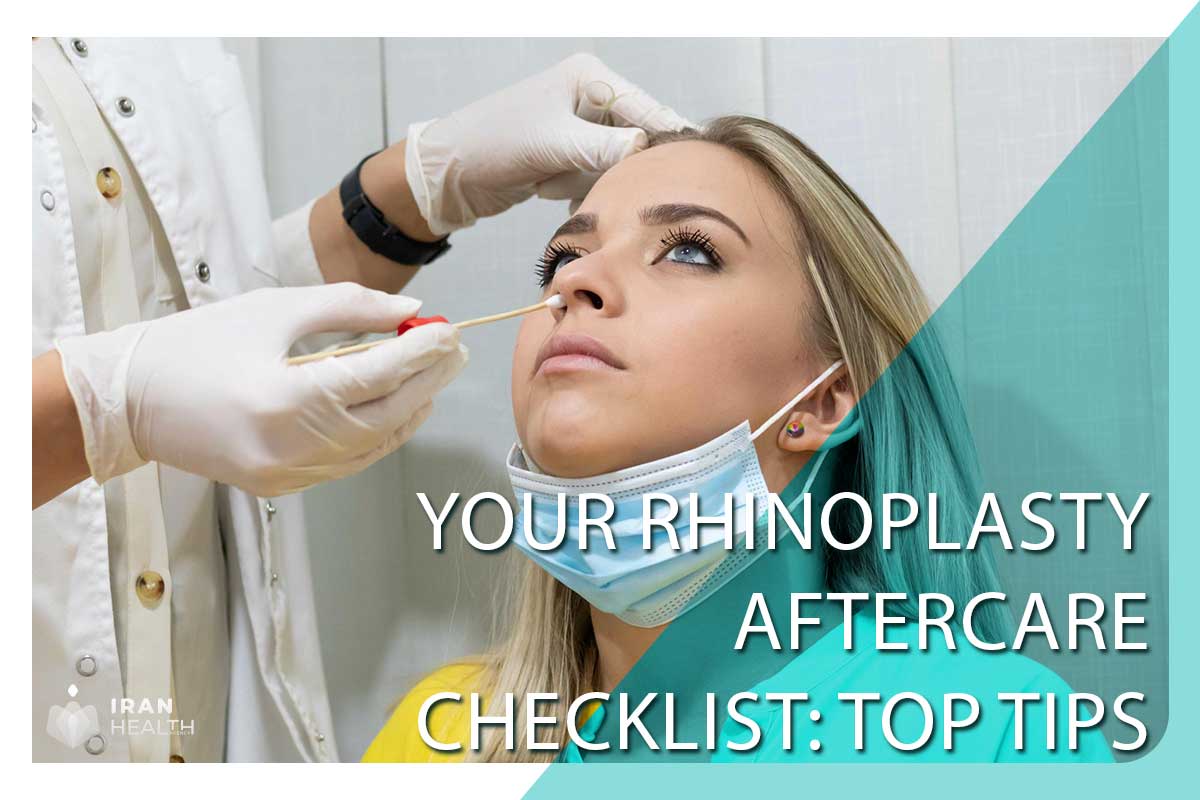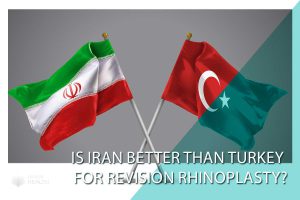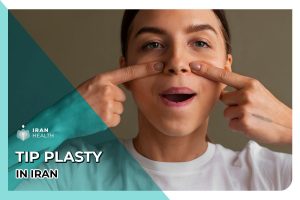An easy-to-follow checklist after rhinoplasty
Here is a checklist covering necessary aftercare steps and what to expect in the months following rhinoplasty surgery:
1 Month
- Wear a splint as directed.
- Use cold compresses to reduce swelling.
- Take prescribed pain medication as needed.
- Sleep with head elevated on 2-3 pillows.
- Avoid blowing your nose or strenuous activity.
2 Months
- Splint/casts removed, swelling and bruising subsides.
- Nasal congestion should start improving.
- Bruising and swelling continue to decrease.
- Avoid direct sun exposure.
3 Months
- Swelling around tip and bridge decreasing.
- May resume light cardio exercise.
- Numbness around the nose decreases gradually.
- Start scar massage if directed by the surgeon.
4 Months
- Swelling continues to subside but may still be uneven.
- Can resume contact sports and strenuous activity.
- The nose and tip are becoming more defined.
- Scar lines fade in color.
6 Months
- The swelling is almost entirely resolved.
- The nose continues refining, the final shape emerging.
- Resume skincare routine.
- Numbness around the nose is minimal.
9-12 Months
- Nose fully healed, final shape realized.
- No swelling, discomfort, or stiffness.
- Subtle revisions can be done if needed.
- Scars healed and blended.
Read more: Rhinoplasty Recovery Timeline: What to Expect in Each Stage and Phase
Nose surgery aftercare instructions
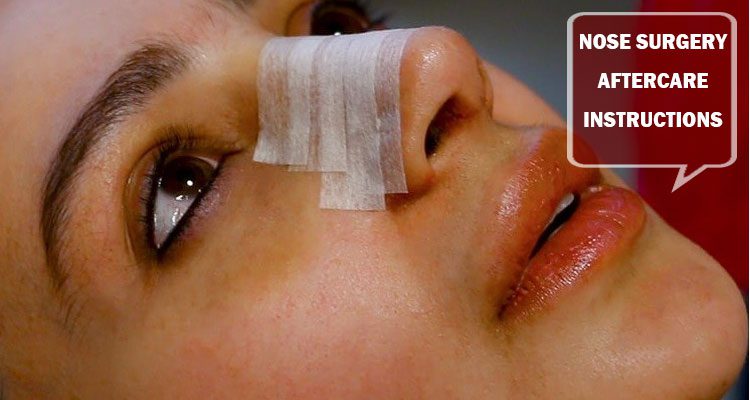
If you have performed a rhinoplasty in Iran or are considering it – here are essential instructions on aftercare following.
Nose splint after Rhinoplasty
After rhinoplasty, you may be given a nose splint to safeguard and support your nasal structures during healing. It is important to note that you should not remove your nasal splint unless otherwise instructed by your surgeon.
Medications
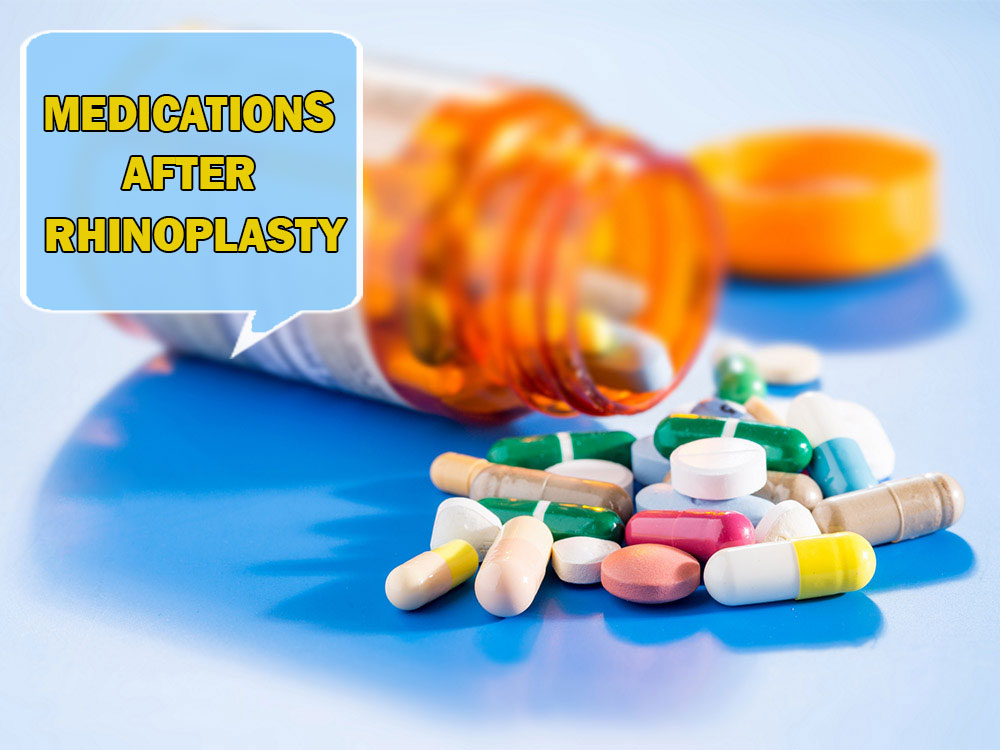
Following your rhinoplasty, you will receive pain relief medication. Please adhere to the prescribed dosage and do not exceed it. It is essential to avoid driving while taking any painkillers. You will also receive a prescription for antibiotics to aid your recovery. To ensure proper recovery, please take your medication as directed and continue until the antibiotics are gone. In some cases, your doctor may prescribe cortisone (steroids) to alleviate swelling and discomfort. Be sure to follow the instructions exactly as they are written. You may resume taking your normal medications the day after your nose surgery.
To read more: how long does swollen nose after rhinoplasty take?
Rest
During the initial stages of healing after nose surgery, it is essential to rest. However, it is equally important to be ambulatory and walk under your strength. We recommend taking a 10-minute walk every two hours to aid your recovery. Following rhinoplasty, lying on your back with your head elevated on two pillows for a week after surgery is necessary. Avoid any strenuous activities and refrain from resuming any exercise routine except for walking.
Ice packs
After undergoing nose surgery, placing an ice compress on the splint covering your nose, as well as your eyes and cheeks, is recommended. This will aid in preventing any bruising under the eyes while reducing swelling in the nose and face. Be sure to apply the ice packs gently and avoid applying pressure. Limiting ice compress usage to 20-minute intervals and avoiding using hot compresses following a rhinoplasty procedure is essential.
Tampon or gauze
You will have a tampon in your nose or a drip pad of gauze under your nose to absorb discharges or blood from your nose for the first 24-48 hours after nose surgery. You can change the gauze as needed.
Nose Spray
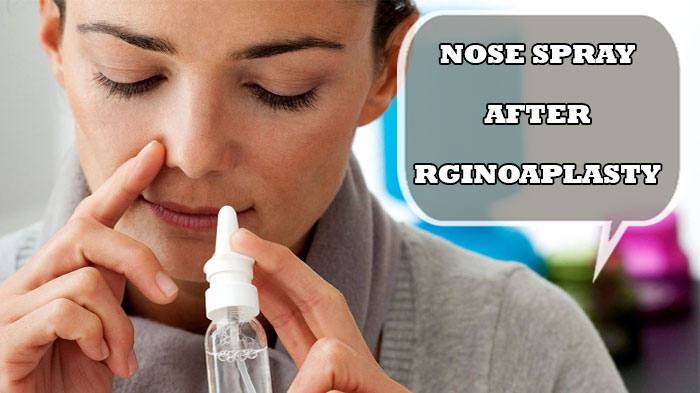
You can apply an antibiotic ointment to your suture line and a saline spray to clean interior nasal moisture. For the first week after rhinoplasty, you may spray, sniff in, let the liquid run down the back of your throat and then spit out. This may also help rinse debris from within the nose.
Eyeglasses
After your rhinoplasty, you’ll gently place your eyeglasses on your splint or stick it to your forehead. It is better to wear lightweight glasses. You’ll use your contact lenses two days after rhinoplasty. After removing the nasal splint, you must limit the time you use your eyeglasses and continue using a lightweight pair.
Don’t wear glasses with plastic frames that rest over the top of your nose. After using glasses for a long time, you can expect discomfort or sensitivity on the sides of your nose. This sense is usual and will last for 3-4 months. When your nose becomes sensitive, it is better to remove your eyeglasses for 1-2 hours.
Don’t blow

You should avoid blowing your nose for 3-4 weeks following rhinoplasty surgery. This is important because blowing your nose can cause pain and bleeding and may disrupt the carefully arranged parts of your nose, which can negatively affect the desired outcome of the procedure.
Additionally, the nasal airway is narrow or completely blocked after a nose job, making it uncomfortable to consider blowing your nose. Instead, a doctor may prescribe saline irrigation or decongestants to help open the nasal airway if needed.
Diet after Rhinoplasty

After nose surgery, knowing which foods you should consume is essential. Remember to consult your surgeon for instructions on what to eat during the healing process.
Due to nasal congestion following the surgery, consuming solid foods may be a challenge. Additionally, your sense of smell may temporarily reduce during the first week. However, it should return soon enough. Here’s a list of recommended foods for a speedy recovery:
- Soft foods will help your body and digestive system, and since chewing hard foods with the jaw after nose surgery can be very difficult and dangerous, eating soft foods during the healing period after the nose job is highly recommended, as apple sauce, yogurt, eggs, mashed potatoes, chicken soup, etc.
- Anti-inflammatory foods are one of the most important types of food you should eat after nose surgery because these foods help to reduce inflammation and, in turn, heal wounds much faster and easier. Anti-inflammatory foods mainly include ones that are high in monounsaturated fats, such as avocado, fatty fish, and extra virgin olive oil. Still it also includes some vegetables like strawberries, blueberries, broccoli, mushrooms, grapes, and tomatoes. Other foods of this type are dark chocolate and green tea.
- High-fibre foods are highly recommended after a rhinoplasty, as they also help your digestive system by promoting regular bowel movements, which in turn helps constipation. High-fibre foods include fresh fruits and vegetables, and also grains.
- Drink lots of water after your rhinoplasty to stay hydrated. Drinking liquids after surgery will help your body recover from anesthesia. Avoid drinking caffeine after rhinoplasty because it may delay your wound healing.
Exercise after rhinoplasty
Nose surgery is an operation that rearranges the bones and cartilage of the nose to achieve the desired aesthetic outcomes; these parts are repaired with great care in their new position.
Sutures, skin attachment, overlying splints, or pressure from adjacent structures may hold these nasal parts together. If you do not bother during recovery after rhinoplasty in Iran, there’s a good chance you will achieve your desired result.
A blow to the nose during recovery from a strong wave, a surfboard flipping over, an elbow during basketball, or any other unintended trauma to the nose during this delicate interval may move your nasal parts, tear sutures, or otherwise change the nose and your ultimate result.
Resting for one to two weeks after nose surgery is generally recommended. Then, you can continue solo exercise gently as tolerated. Competitive, team, and impact sports should be postponed until you can press all the nasal areas without trouble.
Sun protection
refrain from prolonged exposure to sun and heat and any exposure to sun lamps for six weeks after nose surgery. Heat may cause your nose to swell.
Follow-up visits after
After undergoing nose surgery, you will have a follow-up appointment at the doctor’s office the following week. During this visit, your nose will be gently cleaned and the splint will be removed. You will also begin using nasal saline spray. Your next appointment will be scheduled for one month after the surgery. The doctor will typically schedule periodic checkups within the first year, including appointments at three months, six months, and twelve months after the rhinoplasty procedure in Iran.
common FAQs about checklist after rhinoplasty
Here are nine common FAQs about rhinoplasty recovery checklists:
-
How long do I need to wear a splint after rhinoplasty?
- The nasal splint is typically worn 5-7 days after surgery to protect the nose as initial healing begins.
-
When can I blow my nose after a nose job?
- Avoid blowing your nose for at least 2-3 weeks after surgery to allow incisions to close. After that, gently blow your nose as needed.
-
When will bruising and swelling peak after rhinoplasty?
- Swelling and bruising typically peak around week 2 before gradually subsiding over the following weeks.
-
When can I usually sleep after a nose job?
- Sleep with your head elevated for 2-4 weeks after surgery. After the first month, you can usually sleep normally.
-
When can I exercise after a nose job?
- Avoid strenuous activity for at least four weeks. After six weeks, you can do light cardio. After four months, all exercise restrictions are lifted.
-
How long does it take for the nasal tip to refine after rhinoplasty?
- The tip will begin to refine around 3-4 months but can take 9-12 months as swelling resolves fully.
-
When will numbness after rhinoplasty go away?
- Numbness starts improving after one month but can take 6-12 months to normalize as nerve endings regenerate fully.
-
How long does it take for skin discoloration to improve after rhinoplasty?
- Pale skin and swelling-related skin discoloration improve gradually over 4-6 months.
-
When will I see my final rhinoplasty results?
- Final results are visible around 12 months after surgery once all swelling has resolved.
